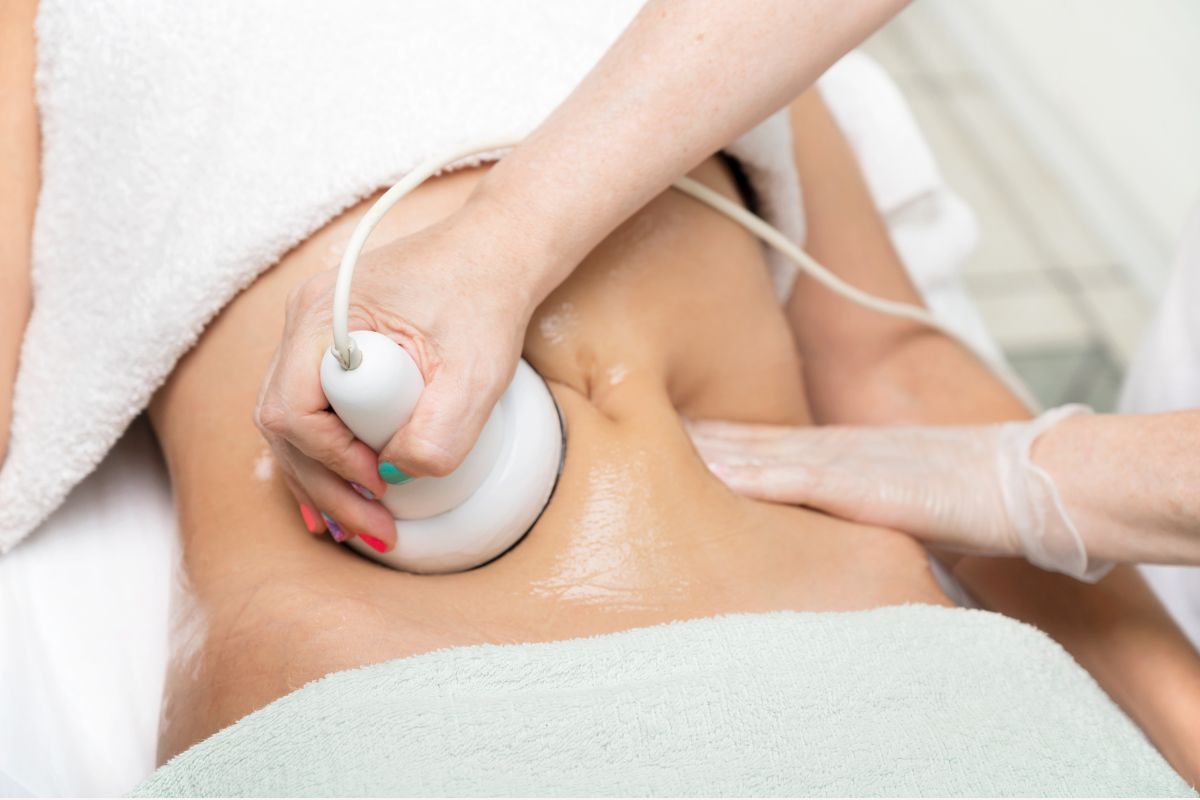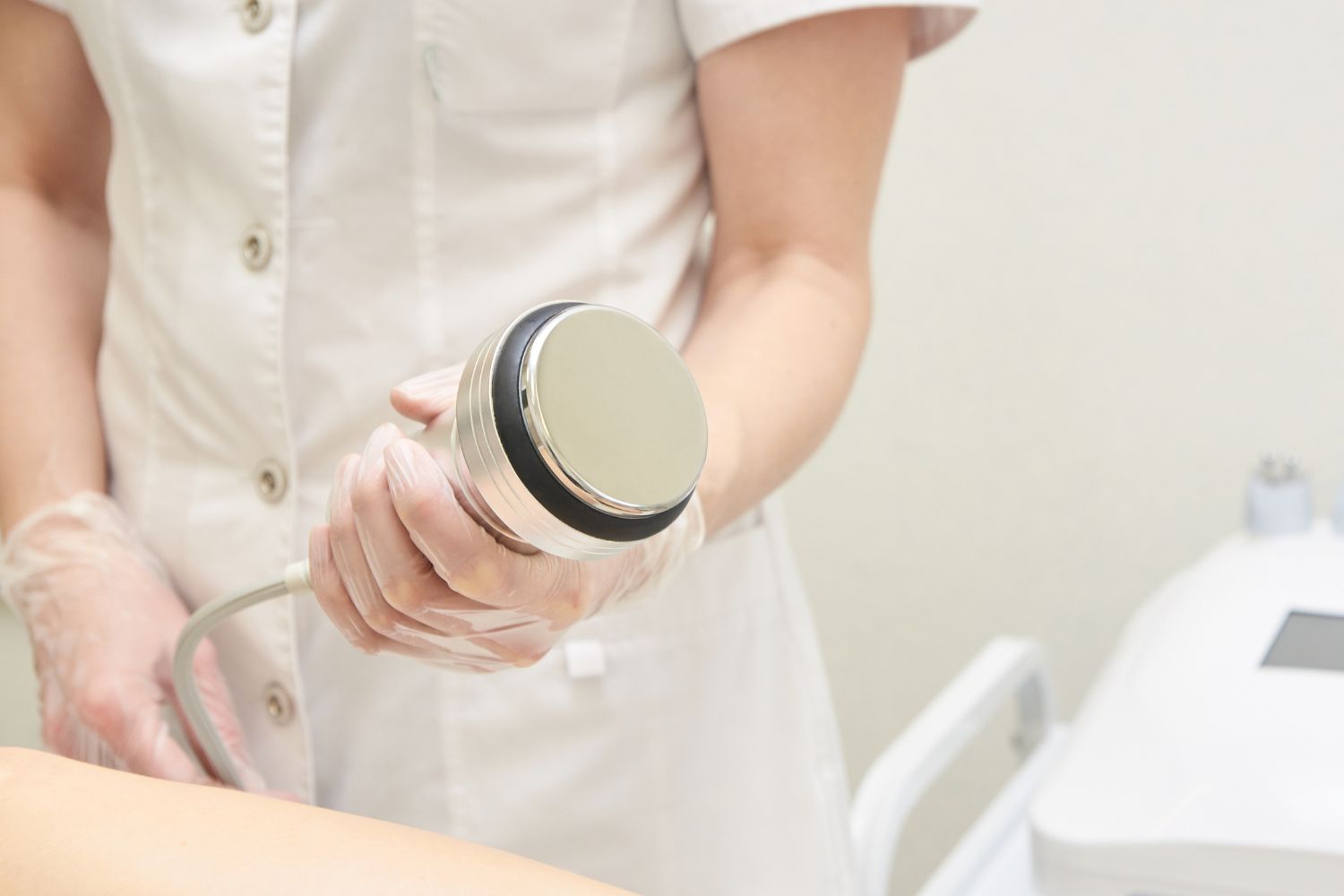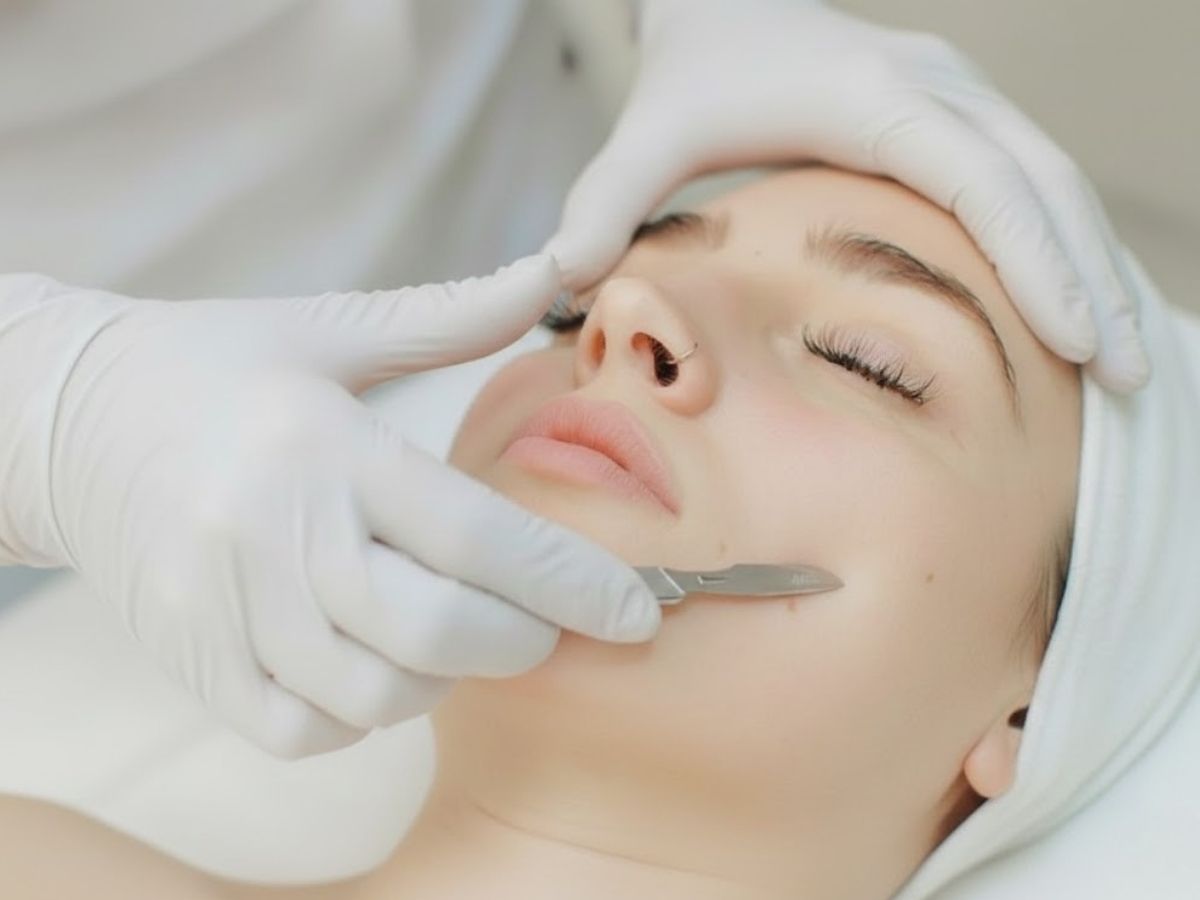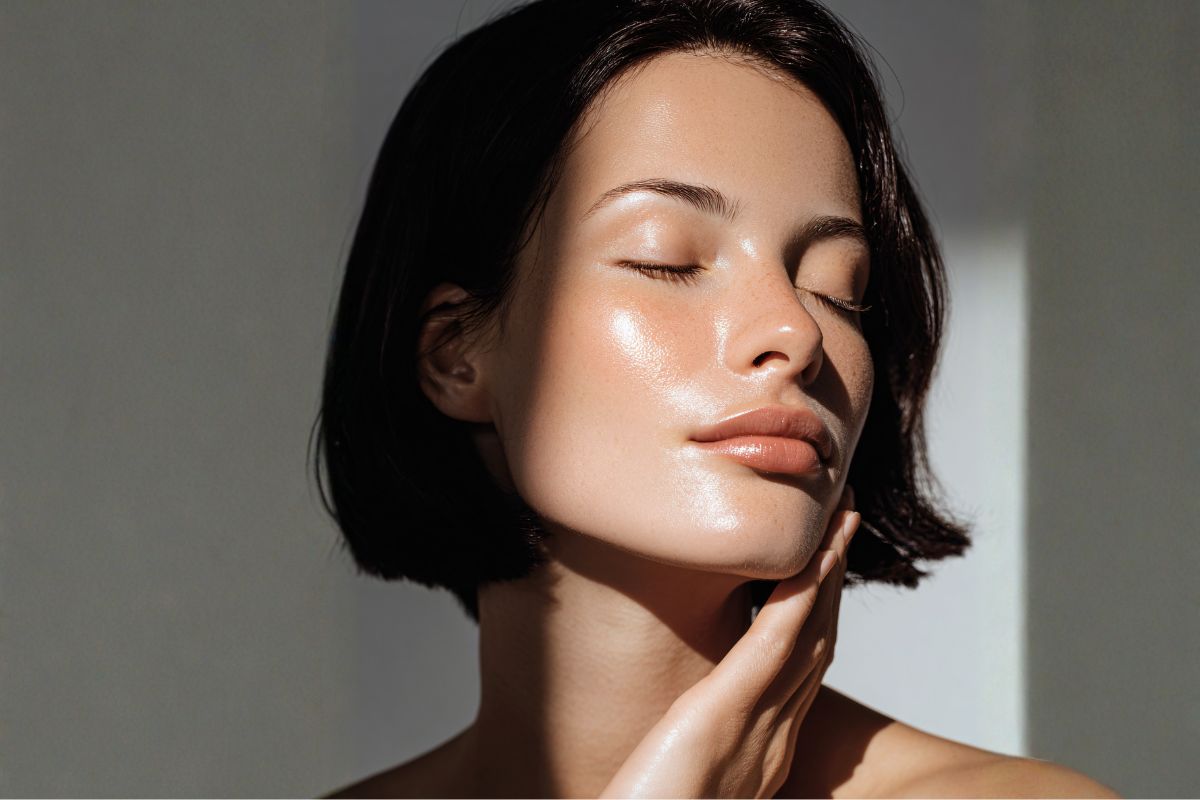How Does Cavitation Treatment Compare to Other Body Contouring Methods?
Many people today want to shape and refine their bodies without suffering the potential side effects of surgery. Among numerous options, cavitation has become one of the most talked-about choices for slimming down stubborn areas.
Even though cavitation is a great choice, we have to consider its advantages and disadvantages compared to other procedures. Each method has its own strengths, and the right choice depends on your goals, lifestyle, and comfort level.
This article explores how cavitation compares with other popular body contouring treatments. By understanding what each option offers, you can choose the method that fits your needs and expectations, helping you achieve better results sooner.
Cavitation Treatment for Fat Reduction
Cavitation, also known as ultrasound cavitation, is an option for individuals seeking non-surgical fat reduction. This procedure uses low-level ultrasonic waves and regular sound waves to create microscopic bubbles in the fat cells.
As these bubbles expand and collapse, a process called compression expansion impulses, they break down the walls of the fat cells without harming the surrounding skin or tissues. The body eliminates the disrupted cells naturally through the lymphatic system in the days following the first treatment.
During the cavitation procedure, clients usually report a painless and lovely experience, with only mild warmth or tingling in the treatment area. Some may notice mild redness or temporary inflammation, but there’s no anesthesia, no scars, and no long downtime needed. In fact, most people can return to normal activities immediately after one session.
Which Areas Can Ultrasonic Cavitation Address?
This safe treatment works best for localized fat that resists a healthy diet and exercise. Popular areas include the abdomen, outer thighs, and upper arms, where unwanted fat and cellulite often build up. With consistent sessions, usually spaced over a few weeks, you can lose inches, smooth skin, and enjoy the benefit of reducing cellulite while enhancing overall body contour.
Who Are Ideal Candidates for Ultrasound Cavitation?
Ideal candidates are men and women close to their target weight who want to refine problem areas without the risks of liposuction or other invasive treatments. Pregnant women and individuals with certain medical conditions should not undergo this method, so a free consultation helps determine if you’re a good candidate.
Cavitation vs. Cryolipolysis
Cryolipolysis, often referred to as “fat freezing,” takes a different approach from cavitation. It cools localized fat to very low temperatures until the fat cells freeze and die. The body then processes and gradually removes them. Some people report pain, bruising, or inflammation in the treatment area, but the method still counts as a safe treatment with no anesthesia or surgical fat removal.
Key differences to expect:
- Treatment Areas: Cavitation covers larger zones like the abdomen, outer thighs, and upper arms; cryolipolysis works best on small, stubborn bulges.
- Comfort: Cavitation feels like warmth and vibration, while cryolipolysis feels cold and sometimes uncomfortable.
- Results: Both require multiple sessions. Cavitation improves contour and helps with reducing cellulite over a few weeks, while cryolipolysis delivers visible fat reduction in localized spots.
- Suitability: Cavitation works well for women and men who want a smoother, slimmer look without downtime. Cryolipolysis suits good candidates looking to refine specific fat pockets.
Cavitation vs. Radiofrequency Treatments
Radiofrequency treatments, on the other hand, use radio waves to heat the deeper skin layers. This heat stimulates collagen and elastin production, tightening skin tissues while also addressing skin laxity and cellulite. Some people notice mild redness or warmth in the treatment area, but overall, it remains a safe treatment for most skin types.
Key differences to expect:
- Treatment Areas: Cavitation focuses on reducing fat in zones like the abdomen, outer thighs, and upper arms. On the other hand, radiofrequency treatment works best for tightening loose skin in similar areas or smaller regions like the jawline.
- Comfort: Cavitation feels like vibration and gentle warmth, while radiofrequency creates deeper heat that some clients find more intense but still manageable.
- Results: Cavitation primarily delivers fat reduction and smoother contours after a few weeks of sessions. Radiofrequency improves skin elasticity, reduces wrinkles, and enhances skin texture gradually over time.
- Suitability: Cavitation suits those who want unwanted fat removal without surgery. Radiofrequency is a better choice if you're looking for facial rejuvenation or body treatments where skin tightening is the main goal.


Cavitation vs. Laser Lipolysis
Laser lipolysis, on the other hand, uses concentrated laser energy to heat and break down fat while also stimulating collagen production in the skin tissues. This dual action supports fat reduction and enhances skin tightening. You might notice mild redness or swelling in the treatment area, but it typically resolves quickly, making the procedure a safe treatment for most people.
Key differences to expect:
- Treatment Areas: Cavitation works best for larger areas like the abdomen, outer thighs, and upper arms. Laser lipolysis is more precise and often used for smaller, stubborn pockets of localized fat.
- Comfort: Cavitation feels like gentle warmth and vibration, while laser lipolysis creates heat that may feel more intense but still manageable.
- Results: Cavitation mainly delivers contouring after a few weeks of sessions. Laser lipolysis provides more targeted results, reducing fat in smaller zones while also improving skin texture.
- Suitability: Cavitation suits those who want a non-invasive treatment for slimming and reducing cellulite. Laser lipolysis is excellent for clients who seek more precise fat targeting along with added skin rejuvenation.
Which Body Contouring Method Should You Choose?
With numerous non-invasive options available today, selecting the right one can feel like a daunting task. Here are a few tips that will help you choose the right procedure depending on your goals:
- Choose cavitation for larger areas and overall contouring.
- Choose cryolipolysis for small, stubborn fat bulges.
- Choose radiofrequency for skin tightening and elasticity.
- Choose laser lipolysis for precise sculpting with added skin improvement.
A free consultation with a specialist helps you decide which procedure, or combination of methods, will deliver the best results for your body goals.
The Body Contouring Advantages at Shookra
Shookra stands out as a premier destination for body contouring, combining cutting-edge diagnostics, boutique wellness, and personalized care. Before we even start treatment, we use a comprehensive assessment that includes body composition analysis, skin diagnostics, and metabolic profiling. That way, we can customize the treatment plan according to your body features.
You can choose between multiple non-invasive techniques (like radiofrequency, cavitation, laser & energy-based devices) to sculpt, tighten, and refine without the risks or downtime of surgery. You’ll enjoy smoother skin, firmer contours, and treatments that feel like a luxury rather than a clinical experience.
Furthermore, our team uses a data-led model. After your first session, we don’t just let things rest. Instead, we will monitor progress, adjust your protocol, and pair treatments with lifestyle & wellness support to maintain long-term results.
If you want body contouring that delivers results and comfort in a high-end setting, book a cavitation consultation at Shookra today.
Other recommended posts

Reverse, Renew, Radiate.
Timeless transformation starts today.

.avif)




.png)
.jpg)
.jpg)

.png)
.svg)
